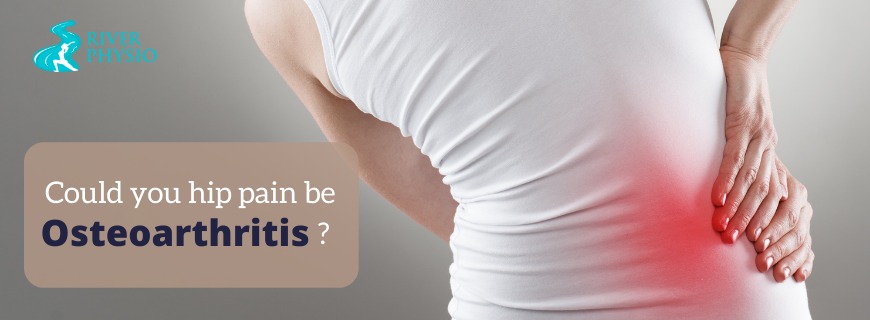What is OA?
The most prevalent cause of physical difficulty in older persons is osteoarthritis, or OA. It is also known as wear and tear or degenerative joint disease. The hip is one of the most commonly affected joints by this condition.
A joint is the point at which two bones unite. These sections of bone that come into contact with one another are covered in a tissue called cartilage. Its smooth shape, devoid of nerve supply, enables low-friction, pain-free joint movement.
OA develops when this cartilage begins to deteriorate. It can deteriorate severely to expose the roughened bone surfaces beneath, resulting in stiffness and pain.
Causes:
- There are numerous possible causes of osteoarthritis. Women and people who have had a very high-impact lifestyle are slightly more likely to acquire OA. Hip bones are gender specific. The hips of women are wider than those of men. Because the hip bones are wider than the knees, there is more stress on the outside of the knees and this position can lead to osteoarthritis in some women over time.
- Obesity significantly increases your risk of developing OA. The larger the load applied to the joints, the greater the stress applied to the tissues. Additionally, prior joint damage or anatomical abnormalities enhance your risk of developing OA.
- Tight clothes around the lower abdomen and upper thigh limit range of motion, which can result in conditions such as nerve entrapment or IT band syndrome, which in turn can lead to hip arthritis.
- Age is also an important risk factor for the onset and progression of OA as a result of articular cartilage ‘wear and tear.’
Management:
- There can be surgical intervention such as hip arthroplasty, hip replacement in extreme cases. Most cases recover with physiotherapy services in Singapore. It is possible to considerably lower your pain, enhance your activity and function, and lessen your reliance on oral medicines with some easy therapy.
- Exercise is critical. The most detrimental thing you can do to your hip is cease utilising it. Exercises with little impact, such as cycling or swimming, should be prioritised. Address the activities that aggravate the symptoms the most. It may be required to make a temporary pause. Painkillers can help you manage your pain. This will enable you to complete the exercises essential to preserve the joint’s stability and movement.
- The weaker the muscles, the greater the amount of unnecessary tension and strain exerted on the cartilage. Keeping your trunk and leg muscles strong and flexible will assist you in protecting your hip.
- OA might impair your hip’s balance and control. Simple daily drills can be performed to assist in improving this function and decreasing your chance of falling. Make an attempt to connect your exercises to everyday tasks, such as hand washing etc.
- Finally, do not be frightened to walk with the assistance of a walking aid. Degenerative diseases have their ups and downs. Using a walking stick or elbow crutches can help you function through these difficult days and keep you from aggravating your pain. Because degeneration results in stiffness, it is critical to move your hip through its whole range of motion on a frequent basis.
Contact River Physio Physiotherapists in Singapore to learn more about #OA and to assist you in prescribing the necessary exercises and treatments.


